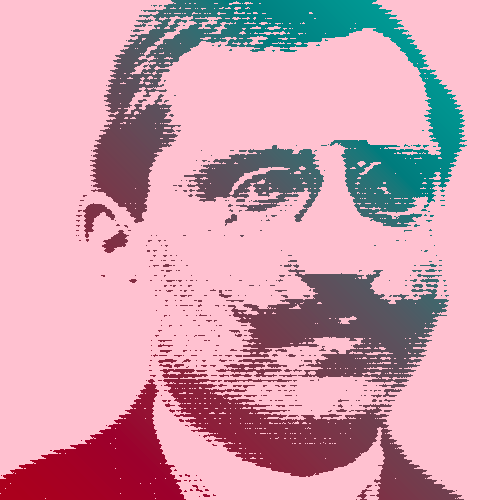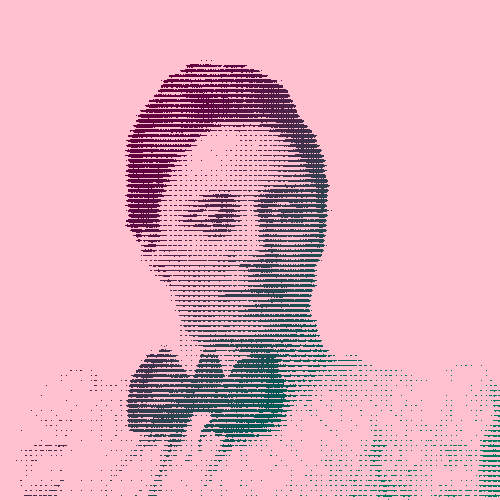Henri Lebesgue rose from humble beginnings in small-town France to become one of the most influential mathematicians of the 20th century. His reworking of the theory of integration has become a core component of the modern understanding of probability and measurement.
A Renegade
Lebesgue was born in 1875 in Beauvais, at the time a small city of about 13,000 about 75 km north of Paris. He was a small child when his father, who worked as a typesetter, died of tuberculosis, leaving his upbringing to his mother, a schoolteacher.
Like many other mathematical icons, Lebesgue displayed extraordinary math skills very early on. Although he lacked the status and means to pursue higher education, one of his teachers saw to it that the young prodigy got a scholarship to a private school in Beauvais and later to an elite high school in Paris.
As a university student, Lebesgue devoted himself to learning and, in some cases, challenging, mathematical theory. As an undergraduate, he argued against a prevailing geometric theory, which held that developable surfaces must have a continuously turning tangent plane. He demonstrated this by crumpling up a piece of paper, showing that it had originally been a plane surface but remained developable.
The arguments Lebesgue put forward were not always well-received by the mathematical establishment. Jean Gaston Darboux, the prominent French mathematician, was infuriated by Lebesgue’s theory on developable planes. Responses to Lebesgue’s doctoral thesis, “Integral, Length, Area,” were also mixed, and his professors came close to failing him.
“Logic makes us reject certain arguments but it cannot make us believe any argument.”
Lebesgue Integration
The most important contribution Lebesgue made to math came in the first years of the 20th century, when he proposed a new theory of integration.
Integration was a concept that mathematicians had been wrestling with for 2,000 years, beginning with Archimedes in the 3rd century B.C.E. Other mathematicians, including Isaac Newton and Gottfried Wihelm Leibniz had continued to develop the theory. One of the most important developments came in the mid-19th century, when Bernhard Riemann proposed defining the area of functions by dividing the space under the graph into vertical rectangles and adding up the areas of the shapes.
Riemann’s theory, however, had serious limitations that Lebesgue’s new theory solved. Rieman’s approach did not yield a single number for some functions. Lebesgue proposed a new method in which horizontal slabs, which were not necessarily rectangles, were used to define the integral. The Lebesque method was able to calculate the integral for certain functions that the Riemann method could not.
In the process of formulating his theory of integration, Lebesque laid the foundation of modern measure theory and brought big changes to probability theory and real analysis. Its impact on mathematics, statistics, and data science is incalculable.
Key Dates
-
1902
Lebesgue Integration
Lebesgue introduces Lebesgue integration, which becomes an important component of the axiomatic theory of probability.
-
1912
Lebesgue Differentiation Theorem
Lebesgues publishes Lebesgue differentiation theorem, an important building block of real analysis.
-
1921
The Tiling Principle and Dimensional Invariance
Lebesgues publishes a key proof on the tiling principle and dimensional invariance, a key milestone in the understanding of topology.




